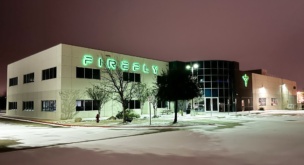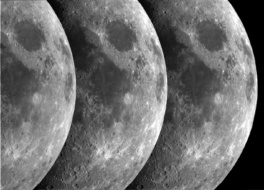Rovers, landers, and mining, oh my!
The first day of Payload’s Lunar and Mars Economy Summit included lots of interesting conversations, newsy tidbits, and networking with the architects of the next lunar age while surrounded by Space Center Houston’s relics of the first space race.
Here are some of our highlights:
New guard: Industry leaders said that—at least for now—there’s no product that can be sold on Mars, so there’s no commercial economy. However, there still are benefits for companies looking to tackle tech on the Red Planet.
Eric Romo, president and COO of Impulse Space, said there’s a recruitment and retention benefit to Mars missions since they excite the staff (and focus on the reason why many people joined the space industry to begin with.)
“Our gross-margin expectation on a mission to the Moon or Mars does not need to be the same as a commercial one that’s boring,” Romo said. “We will do a mission at lower profit because it’s interesting, and it draws people into the industry.”
Power play: Firefly CEO Jason Kim said he’s manifesting commercial Mars as early as next year. He expressed support for a CLPS-inspired program, which could allow NASA to help industry develop commercial Mars missions as early as 2026.
He also talked repeatedly about the importance of power on the lunar surface, as an enabler for every other robotic or human mission. When asked about areas where Firefly could look for future acquisitions or partnerships, Kim came back to the importance of power—including surviving the lunar night.
Space-race spotlight: China was one key topic of conversation that came up repeatedly during the summit’s first day. Mary Guenther, the head of space policy at the Progressive Policy Institute, said that she expects Beijing is loving the US making so many unforced errors in space, including the ongoing government shutdown and cuts to the budget and workforce.
Andrew Hazelton, the cofounder of Interstellar Mapping, predicted that China landing people on the Moon would prompt the US to get its act together, providing a second “Sputnik moment.”
“Nothing is going to happen until someone gets a kick in the ass,” he said.



